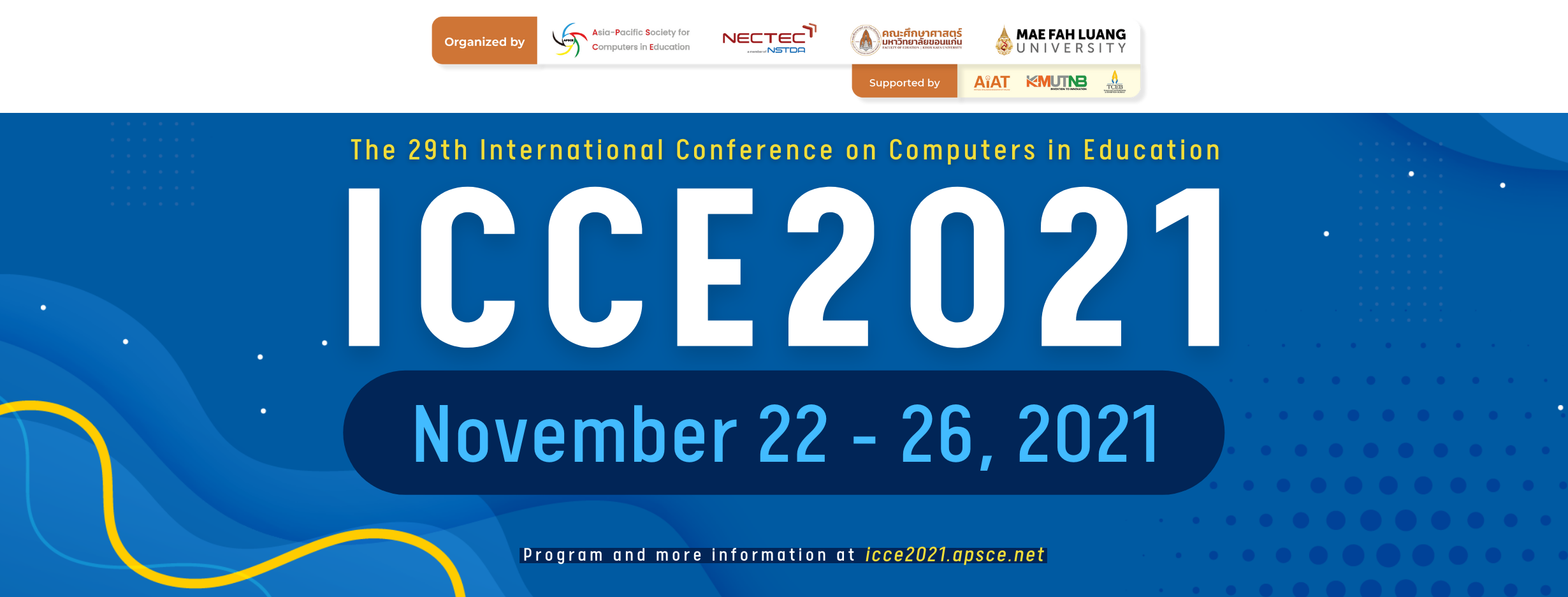Robot with Embodied Interactive Modes as a Companion Actor in Journey of Digital Situational Learning Environment and its Effect on Students’ Learning Performance
Abstract
When learning in a drama for situational learning, students need to solve the simulated problems encountered in the real world and may need a companion to guide and help them finish the drama journey. Due to the engagement, real-time feedback, and curiosity that a robot can bring, it can become an interesting actor companion to make drama performance more attractive. Additionally, physical interaction offered by the robot can make students learn through embodied interactions according to the situation and time. Therefore, this study proposes a learning approach, where student actors and the robot are immersed in digital drama scenarios, play drama, and interact with robots, scenarios, and virtual objects inside the digital situational learning environment. To evaluate the effectiveness of the proposed approach, a quasi-experiment was conducted in an English as a second language course for junior high school students. Three classes of students were assigned with different experimental instructions of learning with a robot actor in a situational learning environment. The experiment results showed that a tangible robot with more interactions significantly impacted students’ learning performance. Questionnaire results revealed that students’ learning motivation and engagement were improved when a robot actor with embodied interactive modes, including context-related oral interaction, touch interaction, and gesture interaction, was employed inside the digital situational learning environment.Downloads
Download data is not yet available.
Downloads
Published
2021-11-22
Conference Proceedings Volume
Section
Articles
How to Cite
Robot with Embodied Interactive Modes as a Companion Actor in Journey of Digital Situational Learning Environment and its Effect on Students’ Learning Performance. (2021). International Conference on Computers in Education. https://library.apsce.net/index.php/ICCE/article/view/4181


